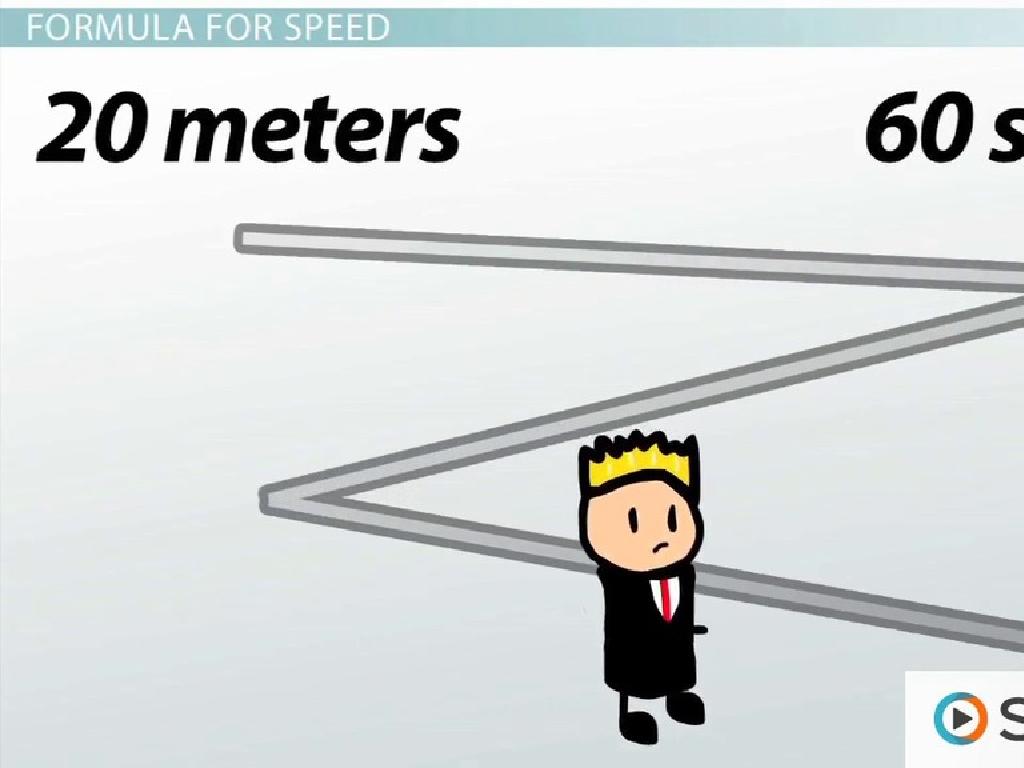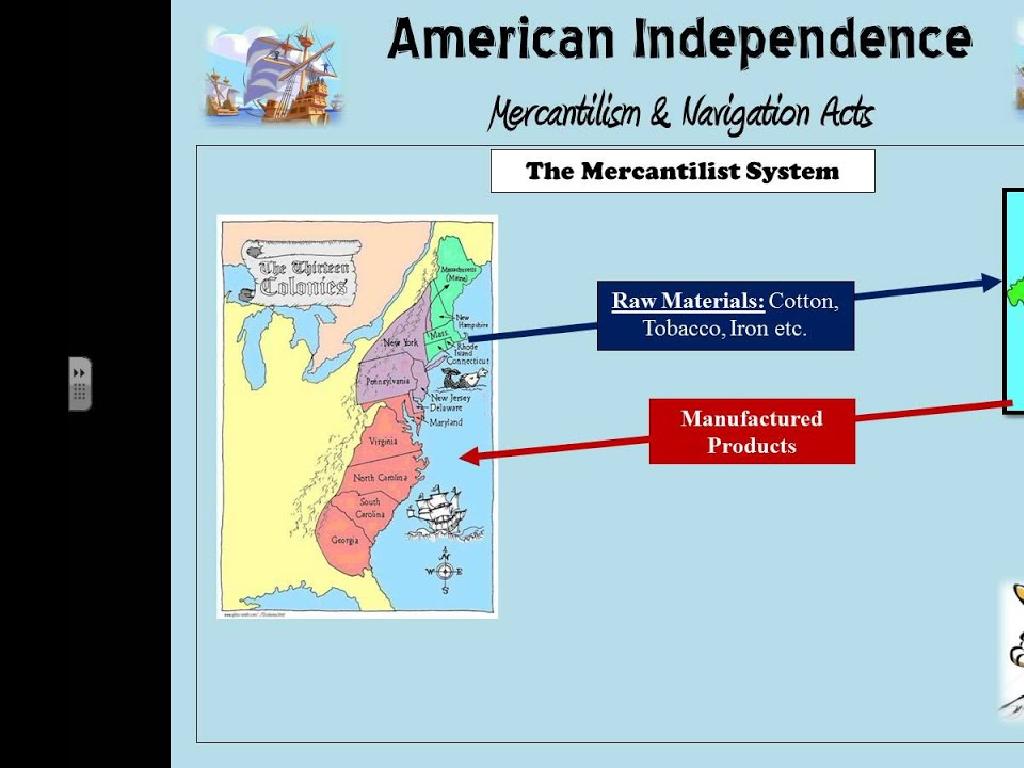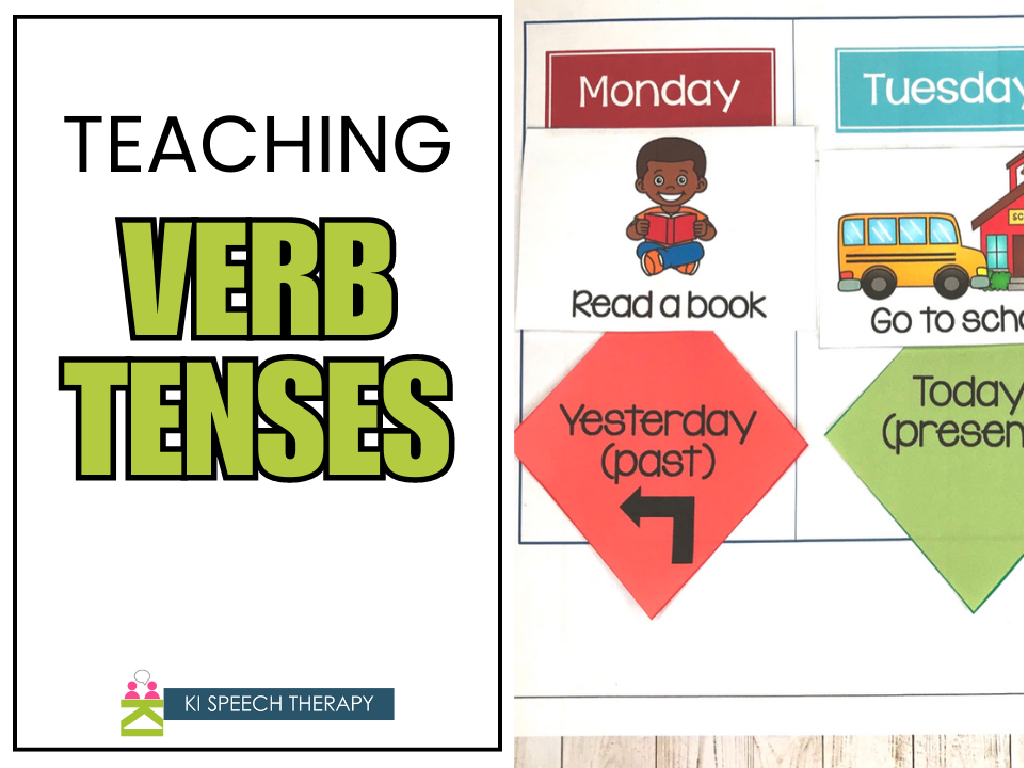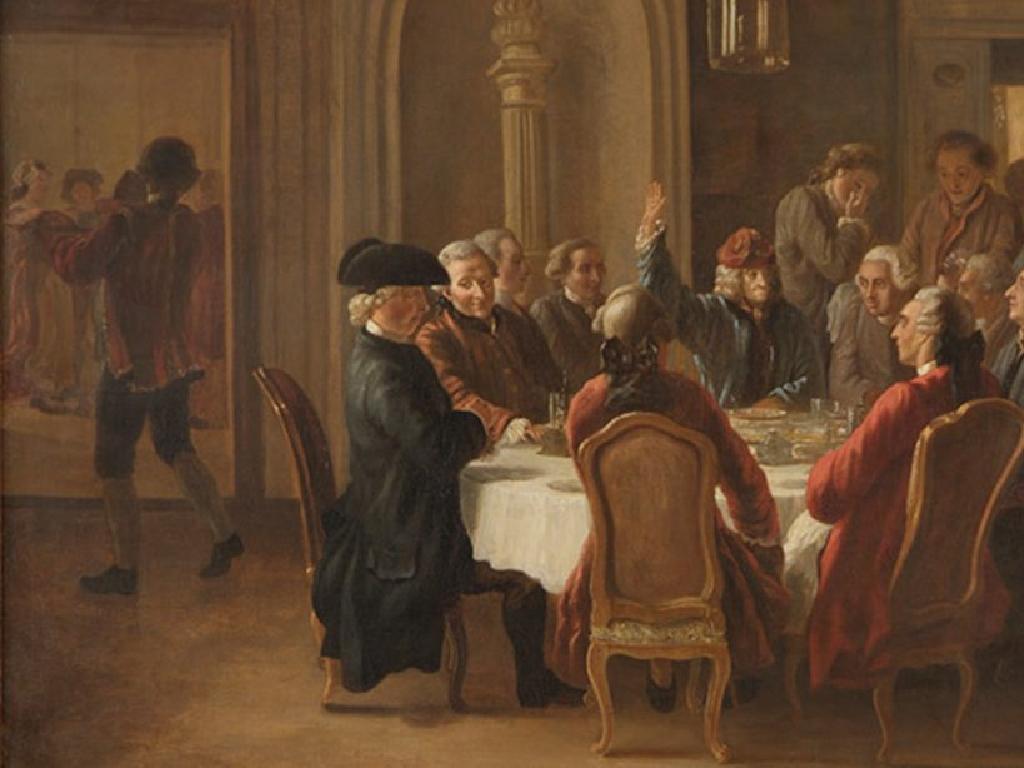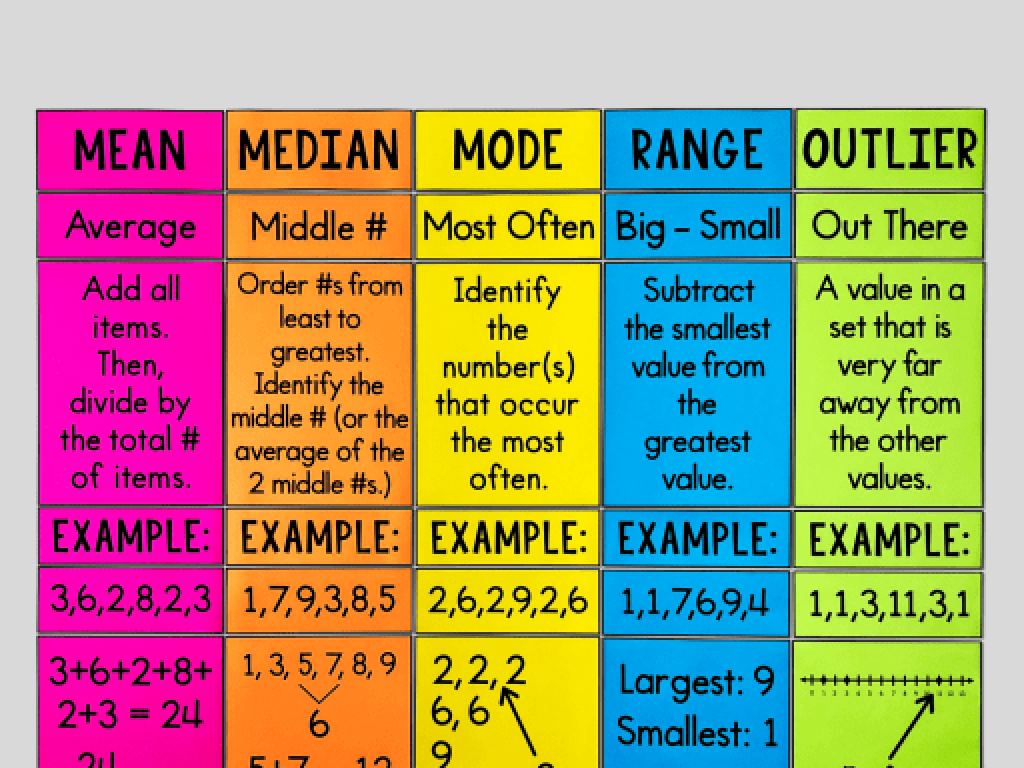World War I: Events Of The War
Subject: Social studies
Grade: Fifth grade
Topic: 20Th Century American History
Please LOG IN to download the presentation. Access is available to registered users only.
View More Content
Introduction to World War I: The Great War
– What was World War I?
– A global conflict that lasted from 1914 to 1918, involving many nations.
– Impact on modern history
– WWI led to significant changes in politics, society, and technology.
– Major countries in WWI
– Allies and Central Powers were the two main groups of countries.
– Exploring the global scale
|
This slide introduces students to World War I, also known as the Great War. It was a major conflict that involved countries from around the world and lasted from 1914 to 1918. The war had a profound impact on the course of modern history, reshaping borders, governments, and societies. It also spurred advancements in technology and warfare. The main countries involved were divided into two groups: the Allies, including France, the United Kingdom, and later the United States; and the Central Powers, including Germany and Austria-Hungary. This overview sets the stage for a deeper exploration of the events and significance of WWI in subsequent lessons. Encourage students to think about how a conflict of such a scale could affect the world, both at the time and in the years that followed.
The Spark That Lit the Fire: WWI
– Archduke Franz Ferdinand’s assassination
– His death in 1914 started World War I
– Alliance system triggered war
– Countries allied with each other were pulled into the conflict
– Small conflicts can lead to big wars
– Like a snowball rolling downhill, small fights can grow into large battles
– Understanding escalation of conflict
|
This slide introduces the pivotal event that ignited World War I, the assassination of Archduke Franz Ferdinand. It’s crucial to explain the concept of alliances and how they contributed to the spread of the war. Use simple analogies to help students grasp how minor disputes can escalate into major conflicts, much like a small snowball grows as it rolls down a hill. Encourage students to think of times when a small argument led to a bigger fight, to relate to the content personally. This will help them understand the complex nature of world events and the importance of diplomacy.
Major Battles of WWI
– The Battle of the Marne
– First major clash on the Western Front, marked the end of German advance into France.
– Trench Warfare
– Soldiers lived and fought in deep ditches called trenches, facing tough conditions.
– The Battle of Verdun
– Fought in 1916, it was the longest and one of the most devastating battles in WWI.
– Significance of these battles
|
This slide introduces students to three major aspects of World War I. The Battle of the Marne, which took place in 1914, was significant because it stopped the German troops from marching into Paris, which could have changed the outcome of the war. Trench warfare was a common form of combat during WWI, where soldiers lived in trenches for protection from enemy fire, enduring harsh living conditions. The Battle of Verdun, lasting from February to December 1916, was characterized by its length and the heavy losses on both sides, symbolizing the brutality of the war. Discuss the impact of these battles on the war’s outcome and on the soldiers’ lives. Encourage students to think about how these events shaped the world they live in today.
Life on the Home Front During WWI
– Women’s roles in wartime
– Women took on jobs left by soldiers and supported the war from home.
– Rationing for the war effort
– Citizens conserved food and goods to support soldiers.
– War economy’s impact
– Factories shifted to produce war supplies, changing the economy.
– Propaganda’s role in opinion
– Posters and speeches encouraged support for the war effort.
|
This slide aims to educate fifth-grade students on the significant changes that occurred on the American home front during World War I. Women stepped into roles traditionally held by men, which was a pivotal shift in gender dynamics. Rationing was a critical part of everyday life, as citizens were encouraged to conserve food and materials to ensure that soldiers had enough supplies. The war economy saw factories converting to produce munitions and war supplies, leading to economic changes. Propaganda played a crucial role in shaping public opinion and maintaining support for the war effort. Teachers should provide examples of wartime posters and discuss how these messages influenced people’s attitudes and behaviors.
America Joins World War I
– Reasons for U.S. entering WWI
– Unrestricted submarine warfare & the Zimmermann Telegram led the U.S. to join.
– American troops’ war impact
– U.S. soldiers boosted the Allies’ strength and morale.
– ‘Safe for democracy’ explained
– Wilson’s ideal that democracy needed global protection.
– Significance for the future
|
This slide aims to explain the pivotal moment when America entered WWI and its consequences. Discuss the reasons, including Germany’s unrestricted submarine warfare, which threatened American lives and commerce, and the Zimmermann Telegram, which proposed a German-Mexican alliance against the U.S. Highlight the significant impact American troops had on the war, providing fresh forces that helped shift the balance in favor of the Allies. Explain President Woodrow Wilson’s vision that the war was a fight to secure democracy worldwide, a principle that would shape U.S. foreign policy for years to come. Encourage students to think about how these events might have felt for Americans at the time and how they continue to influence the world today.
The Treaty of Versailles and the End of WWI
– Armistice: Ceasefire of 1918
– An agreement to stop fighting and start peace talks.
– The Big Four leaders’ meeting
– Leaders of the US, UK, France, and Italy shaped the treaty.
– Treaty of Versailles’ impact
– The treaty imposed penalties and redrew country lines.
– Europe’s new borders post-treaty
|
This slide aims to explain the conclusion of World War I and the significant changes that followed. The armistice, which is a formal agreement to stop fighting, paved the way for peace talks and was a relief to many. The ‘Big Four’ refers to the leaders of the United States, United Kingdom, France, and Italy, who played a major role in the negotiations of the Treaty of Versailles. This treaty had a profound impact on Europe, imposing penalties on the Central Powers, especially Germany, and redrawing the borders of many European countries. It’s important to discuss how these changes led to political and economic instability in some regions, setting the stage for future conflicts. Encourage students to think about how an agreement can lead to peace and how the decisions of a few can affect many.
Aftermath and Legacy of WWI
– League of Nations creation
– Aimed to prevent future wars, but the U.S. didn’t join
– Long-term effects on the 20th century
– Changed maps, societies, and economies worldwide
– WWI’s role in causing WWII
– Treaty of Versailles’ harsh terms led to WWII tensions
|
This slide aims to help students understand the significant impact World War I had on the world, even long after it ended. The League of Nations was an international organization formed to prevent future conflicts, but its effectiveness was limited, partly because the U.S. never joined. The war also had lasting effects on global politics, geography, and economies, reshaping the 20th century. Additionally, the conditions of the Treaty of Versailles, which ended WWI, created resentment and economic hardship in Germany, contributing to the rise of Adolf Hitler and the onset of WWII. Encourage students to think about how these events are interconnected and how the legacy of WWI is still felt today.
Class Activity: WWI Role-Play Debate
– Form groups for WWI countries
– Research your country’s war view
– Look into why your country joined the war and what it wanted.
– Discuss the Treaty of Versailles
– Understand the treaty’s terms and how it affected the end of the war.
– Debate on the treaty’s fairness
– Consider the treaty’s impact on your country and argue its fairness.
|
This interactive class activity is designed to engage students in a role-play debate to understand the different perspectives of countries involved in WWI. Divide the class into groups and assign each a country like Britain, Germany, or France. Provide resources for students to research their assigned country’s stance on the war and its objectives. Guide them to discuss the Treaty of Versailles, which ended the war, and its implications on their country. Encourage a debate on whether the treaty was fair, considering aspects like reparations and territorial changes. This activity will help students grasp the complexities of the war and the challenges of peacemaking. Possible activities: one group could create a poster with their country’s viewpoint, another could write a speech, and another could analyze a map to show territorial changes post-treaty.

